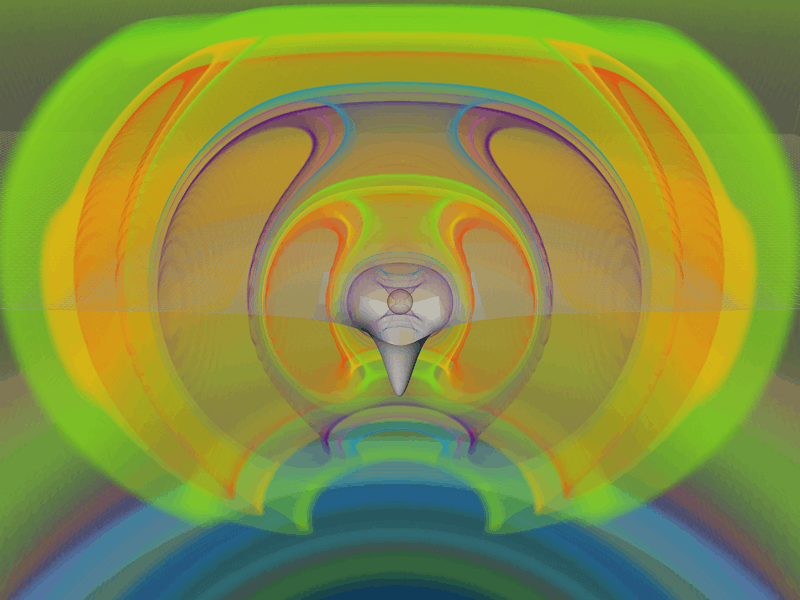Scientists Have Unearthed a Major Clue in Understanding the Size of Neutron Stars
Fascinating star stuff.

The final frontier is home to countless cycles of life and death; even the most catastrophic events can give birth to new planets and stars. Neutron stars are one such example, though specific details about the size of these giants have eluded scientists for decades.
These cosmic objects are the collapsed cores of once humongous stars that grew so large they buckled under their own weight. These “zombie stars” were discovered in the 1967 and have since been classified as the smallest and densest stars in existence. But astrophysicists have been unable to determine just how dense these undead astral bodies can become, until now.
A paper published on January 9 in The Astrophysical Journal details how a group of astrophysicists from the Goethe University of Frankfurt were able to build off prior research to accurately calculate the maximum mass of a neutron star.
A concept drawing of a gravitational-wave emission from a collapsing star.
The typical neutron star has a radius of 12 kilometers (7.5 miles) and a density of around 1.4 solar masses, or 1.4 times the mass of the sun. These dimensions already produce gravitational fields akin to that of black holes. However, even larger examples have been found: pulsar PSR J0348+0432 — a rotating neutron star — clocks in at 2.01 solar masses.
Since neutron stars are capable of producing powerful gravitational fields, scientists have been itching to find out if these stars can continue to grow in mass like black holes. This new research brought to light that neutron stars cannot grow indefinitely, like black holes, but they have a “strict upper limit,” which is 2.16 solar masses.
The group of astrophysicists calculated this by using experimental data in a theoretical model. They made use of previous research which determined there was a “universal relation” between neutron stars, meaning they can be represented as a constant in an equation. This allowed them to used data collected last year by the researchers who observed the merging of two neutron stars to provide concrete numbers to the more abstract part of this calculation.
“The beauty of theoretical research is that it can make predictions. Theory, however, desperately needs experiments to narrow down some of its uncertainties,” said the lead author of the paper, Professor Luciano Rezzolla, in a statement. “It’s therefore quite remarkable that the observation of a single binary neutron star merger that occurred millions of light years away combined with the universal relations discovered through our theoretical work have allowed us to solve a riddle that has seen so much speculation in the past.”
With this problem under their belt, astrophysicists can better understand the mass of intergalactic objects from a distance. Not a bad way to understand what else could be going on millions of light-years away.